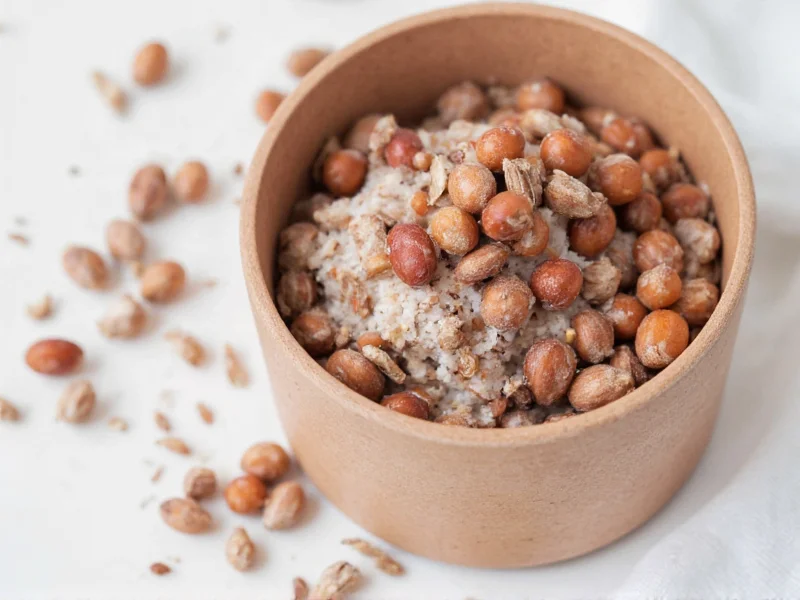Understanding Mace: The Essential Spice Guide
When users search for “mace apice,” they’re almost certainly looking for information about mace spice. This common misspelling reflects the confusion many home cooks experience when encountering this versatile but often misunderstood spice. Let’s explore everything you need to know about genuine mace spice, its culinary applications, and why it deserves a place in your spice cabinet.
What Exactly Is Mace Spice?
Mace comes from the Myristica fragrans tree, the same tropical evergreen that produces nutmeg. While nutmeg is the seed itself, mace is the lacy, crimson-red aril that encases the seed. When harvested, this aril is carefully removed, dried, and sold either as whole “blades” or ground into powder.
The drying process transforms mace from bright red to a distinctive amber-orange color. High-quality mace should have a strong, pleasant aroma with hints of citrus, pepper, and warmth. Inferior mace often appears dull brown and lacks fragrance, indicating age or poor processing.
Mace vs Nutmeg: Key Differences
| Characteristic | Mace | Nutmeg |
|---|---|---|
| Origin | Outer aril of nutmeg seed | The seed itself |
| Flavor Profile | More delicate, citrus notes, slightly sweeter | Bolder, earthier, more intense |
| Color Impact | Lighter hue, won’t discolor light dishes | Can darken light-colored foods |
| Shelf Life | 6-12 months (whole), 3-6 months (ground) | 1-2 years (whole), 6-12 months (ground) |
Understanding these differences is crucial for proper usage in recipes. Professional chefs often select mace specifically for dishes like béchamel sauce, custards, or light-colored meat dishes where nutmeg’s stronger flavor and darker color would be problematic.
Culinary Applications of Mace Spice
Mace’s versatility makes it valuable across multiple cuisines. In European cooking, it’s traditional in:
- Classic béchamel and cheese sauces
- Pickling spice blends
- Christmas baking (speculaas, gingerbread)
- Fish dishes and delicate egg preparations
Indian cuisine incorporates mace (known as “javitri”) in garam masala and biryani recipes, while Middle Eastern dishes use it in rice pilafs and meat stuffings. For home cooks exploring mace spice substitutes, a combination of nutmeg and allspice can approximate its flavor, though nothing replicates mace’s unique profile exactly.
Health Benefits and Nutritional Profile
Research suggests mace contains several beneficial compounds including myristicin, elemicin, and safrole. These contribute to potential health benefits such as:
- Anti-inflammatory properties that may help with joint pain
- Digestive aid when consumed in culinary amounts
- Natural sleep aid due to mild sedative compounds
- Antioxidant effects that combat cellular damage
However, these benefits are associated with moderate culinary use. Consuming mace in medicinal quantities can be dangerous due to myristicin toxicity. Always consult a healthcare provider before using mace for therapeutic purposes.
Proper Storage and Usage Tips
To maximize mace’s shelf life and flavor retention:
- Store whole mace blades in an airtight container away from light and heat
- Grind mace just before use for optimal flavor (a microplane works well)
- Use sparingly—mace is potent and can overwhelm dishes if overused
- Start with 1/8 teaspoon per recipe and adjust to taste
When substituting ground mace for whole blades, use 1/4 teaspoon ground mace for each blade called for in a recipe. Remember that mace’s flavor develops slowly, so add it early in the cooking process for best results.
Where to Find Quality Mace Spice
For the best mace spice experience, seek out:
- Fresh whole mace blades with vibrant orange color
- Products labeled with origin (Grenada, Indonesia, or Sri Lanka produce high-quality mace)
- Reputable spice merchants who disclose harvest dates
- Organic certification if pesticide concerns exist
Avoid pre-ground mace when possible, as it loses potency quickly. If purchasing ground mace is necessary, choose small quantities from stores with high turnover to ensure freshness.
Common Questions About Mace Spice
Is mace the same as nutmeg?
No, mace and nutmeg come from the same fruit but are different components. Mace is the reddish outer covering (aril) of the nutmeg seed, while nutmeg is the seed itself. They have similar but distinct flavor profiles, with mace being more delicate and slightly sweeter than nutmeg.
Can I substitute nutmeg for mace in recipes?
Yes, but with caution. Use approximately 3/4 the amount of nutmeg when substituting for mace, as nutmeg has a stronger, more intense flavor. For light-colored dishes, consider using a combination of nutmeg and allspice to better approximate mace's unique flavor profile without discoloring your dish.
How long does mace spice last?
Whole mace blades retain their potency for 1-2 years when stored properly in an airtight container away from light and heat. Ground mace loses flavor more quickly, typically within 6-12 months. For best results, grind mace just before use and purchase small quantities to ensure freshness.
Why is mace more expensive than nutmeg?
Mace commands a higher price because it requires more labor-intensive harvesting. Each nutmeg fruit produces only one piece of mace, which must be carefully hand-removed and dried. The aril constitutes only about 10-15% of the fruit's weight, making mace a scarcer product than nutmeg. Additionally, mace's more delicate flavor profile makes it valuable for specific culinary applications where nutmeg would be unsuitable.
What’s the difference between “mace apice” and mace spice?
“Mace apice” is a common misspelling of “mace spice.” The correct term is “mace spice,” referring to the aromatic spice derived from the outer covering of the nutmeg seed. This misspelling likely occurs due to phonetic confusion or autocorrect errors when searching for information about this culinary ingredient.











 浙公网安备
33010002000092号
浙公网安备
33010002000092号 浙B2-20120091-4
浙B2-20120091-4